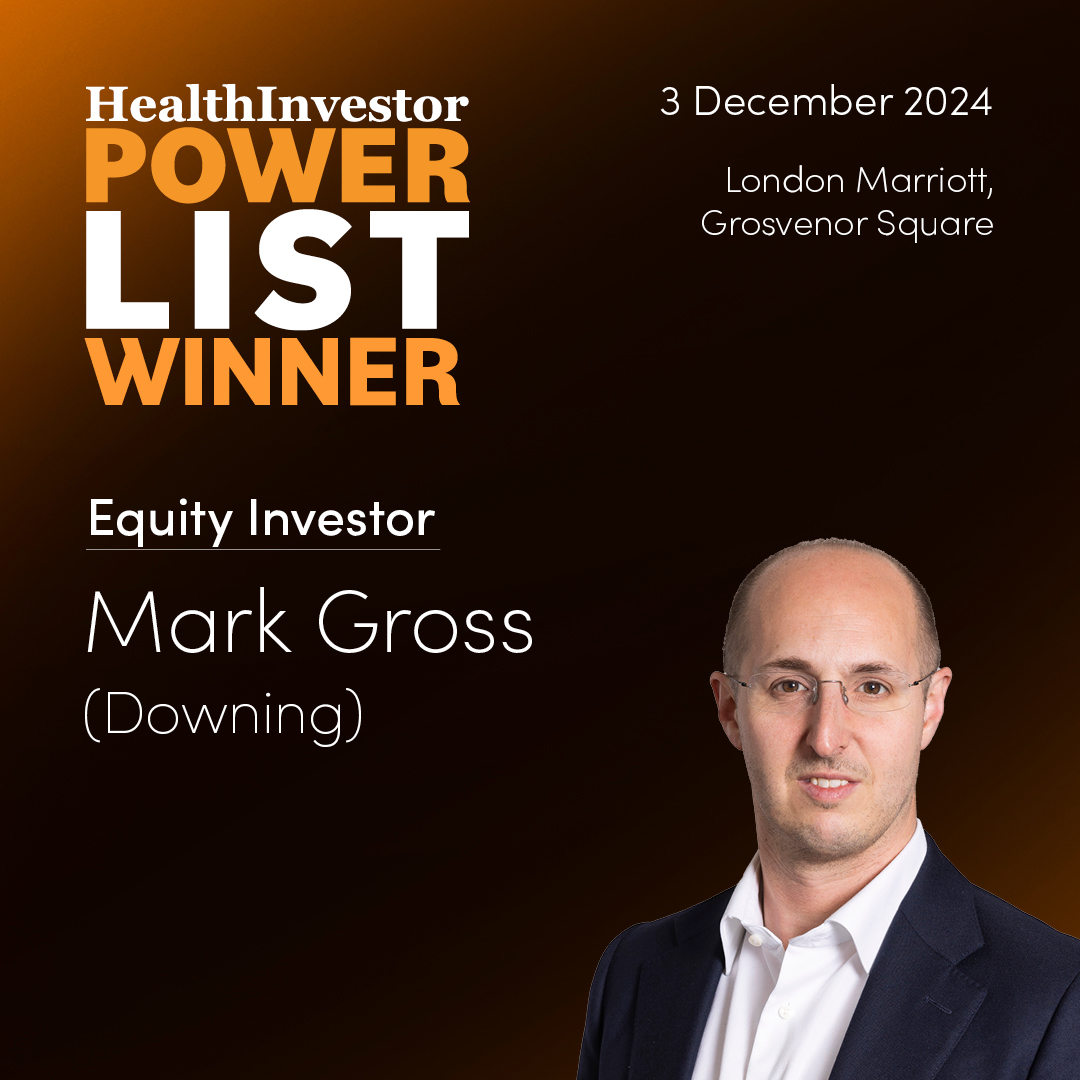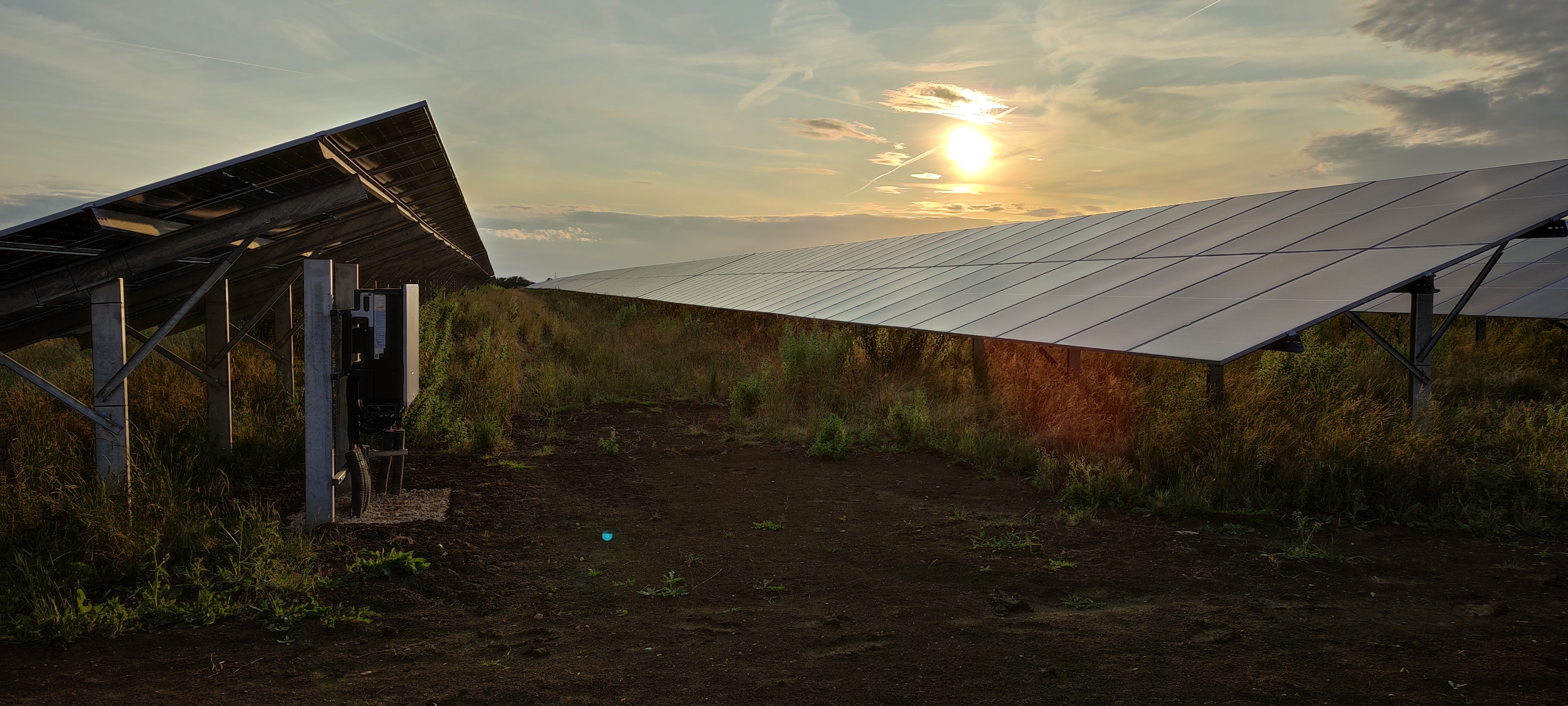Flow-Based Market Coupling is introduced to the Nordics

The 29th of October (with the first day of trading on the 30th of October) saw the introduction of a new method of calculating transition capacity between pricing zones in the Nordics, called Flow-Based Market Coupling (FBMC). In layman's terms and in short, FBMC means that the cross-border capacity is allocated more dynamically to the day-ahead market. This means more capacity is available for the day-ahead market in some hours than with the previously used method. FBMC is not new. It has been used in CWE (Germany, Austria and Benelux) since 2015 and seeks to utilise existing grid capacity, leading to decreases in the difference in day-ahead pricing between bidding zones throughout Europe.
FBMC means that the cross-border capacity is allocated more dynamically to the day-ahead market.
Impact of FBMC: predicated and real
It was anticipated that the launch would cause day-ahead price increases in low priced zones such as SE1 and SE2, and decreases in higher priced zones. Though several parties have attempted to model the eventual outcome when it comes to day-ahead pricing, it may take a few months for the full impact to be realised. Some market participants argued that the FBMC could have a detrimental impact on the liquidity in the intraday market as they fear less capacity will be available on the intraday market as more capacity will now be moved to the day-ahead market. The market noticed some strange results in the first weeks since the launch. Some pricing zones (such as SE2) observed decreases in prices along with counter-intuitive flows from “high priced” zones to “low priced” zones.
Example: The graph below shows one of these anomalies (on March 3rd 2025). The map below shows the power flows between 17:00 and 18:00. The graph below the map shows the day ahead clearing prices per hour. Given the relatively high prices in SE3, it makes sense that the power flows south. But why are the SE2 prices so much lower than those in SE1? Why does power flow from NO3 to SE2 given the price difference?
Understanding anomalies
Downing’s energy market team believes that these unexpected outcomes/ anomalies resulted from traders finding it difficult to price their assets as they appeared to have little insight into how much cross-border capacity is made available to the spot market. The extremely stressed hydrological situation with a surplus in the hydrological balance most likely played a role too. SE2 had full reservoirs and Hydro producers needed to produce at almost any price to avoid spilling their production. The team initially anticipated that these anomalies might mostly disappear when low temperatures hit northern Scandinavia. Any precipitation would come as snow instead of rain since the prices in the forward market still looked more in line with market expectations. This could be interpreted as an indicator that the market believes the unexpected outcomes would mostly be resolved going forward.
The graph below shows the daily average of the spread between hourly power prices in SE1 and SE2 between the 1st of January, 2024 and the 15th of January 2025 on the day-ahead market. As mentioned, SE1 and SE2 usually trade around the same price level. Occasionally, SE1 traded below SE2, especially in September and October 2024. After October 29th (the start of FBMC), SE2 started to trade significantly below SE1. Since the beginning of the new year, the anomalies have mostly disappeared. The market is now trading much more in line with expectations although we still occasionally observe some anomalies.
The market is now trading much more in line with expectations although we still occasionally observe some anomalies.
The Swedish Grid operator (SvK) recently announced that it will increase their safety margins; i.e. make less capacity available for FBMC. This will likely normalise the day ahead market even further. There are parties who advocate that SvK should be more transparent about how much capacity is available.
To learn more about FBMC and how Downing supports innovation in the energy markets, please contact us here.
Coos Battjes explains what Flow-Based Market Coupling is and how it has impacted the Nordic energy markets since its launch.
The 29th of October (with the first day of trading on the 30th of October) saw the introduction of a new method of calculating transition capacity between pricing zones in the Nordics, called Flow-Based Market Coupling (FBMC). In layman's terms and in short, FBMC means that the cross-border capacity is allocated more dynamically to the day-ahead market. This means more capacity is available for the day-ahead market in some hours than with the previously used method. FBMC is not new. It has been used in CWE (Germany, Austria and Benelux) since 2015 and seeks to utilise existing grid capacity, leading to decreases in the difference in day-ahead pricing between bidding zones throughout Europe.
FBMC means that the cross-border capacity is allocated more dynamically to the day-ahead market.
Impact of FBMC: predicated and real
It was anticipated that the launch would cause day-ahead price increases in low priced zones such as SE1 and SE2, and decreases in higher priced zones. Though several parties have attempted to model the eventual outcome when it comes to day-ahead pricing, it may take a few months for the full impact to be realised. Some market participants argued that the FBMC could have a detrimental impact on the liquidity in the intraday market as they fear less capacity will be available on the intraday market as more capacity will now be moved to the day-ahead market. The market noticed some strange results in the first weeks since the launch. Some pricing zones (such as SE2) observed decreases in prices along with counter-intuitive flows from “high priced” zones to “low priced” zones.
Example: The graph below shows one of these anomalies (on March 3rd 2025). The map below shows the power flows between 17:00 and 18:00. The graph below the map shows the day ahead clearing prices per hour. Given the relatively high prices in SE3, it makes sense that the power flows south. But why are the SE2 prices so much lower than those in SE1? Why does power flow from NO3 to SE2 given the price difference?
Understanding anomalies
Downing’s energy market team believes that these unexpected outcomes/ anomalies resulted from traders finding it difficult to price their assets as they appeared to have little insight into how much cross-border capacity is made available to the spot market. The extremely stressed hydrological situation with a surplus in the hydrological balance most likely played a role too. SE2 had full reservoirs and Hydro producers needed to produce at almost any price to avoid spilling their production. The team initially anticipated that these anomalies might mostly disappear when low temperatures hit northern Scandinavia. Any precipitation would come as snow instead of rain since the prices in the forward market still looked more in line with market expectations. This could be interpreted as an indicator that the market believes the unexpected outcomes would mostly be resolved going forward.
The graph below shows the daily average of the spread between hourly power prices in SE1 and SE2 between the 1st of January, 2024 and the 15th of January 2025 on the day-ahead market. As mentioned, SE1 and SE2 usually trade around the same price level. Occasionally, SE1 traded below SE2, especially in September and October 2024. After October 29th (the start of FBMC), SE2 started to trade significantly below SE1. Since the beginning of the new year, the anomalies have mostly disappeared. The market is now trading much more in line with expectations although we still occasionally observe some anomalies.
The market is now trading much more in line with expectations although we still occasionally observe some anomalies.
The Swedish Grid operator (SvK) recently announced that it will increase their safety margins; i.e. make less capacity available for FBMC. This will likely normalise the day ahead market even further. There are parties who advocate that SvK should be more transparent about how much capacity is available.
To learn more about FBMC and how Downing supports innovation in the energy markets, please contact us here.
Coos Battjes explains what Flow-Based Market Coupling is and how it has impacted the Nordic energy markets since its launch.
The 29th of October (with the first day of trading on the 30th of October) saw the introduction of a new method of calculating transition capacity between pricing zones in the Nordics, called Flow-Based Market Coupling (FBMC). In layman's terms and in short, FBMC means that the cross-border capacity is allocated more dynamically to the day-ahead market. This means more capacity is available for the day-ahead market in some hours than with the previously used method. FBMC is not new. It has been used in CWE (Germany, Austria and Benelux) since 2015 and seeks to utilise existing grid capacity, leading to decreases in the difference in day-ahead pricing between bidding zones throughout Europe.
FBMC means that the cross-border capacity is allocated more dynamically to the day-ahead market.
Impact of FBMC: predicated and real
It was anticipated that the launch would cause day-ahead price increases in low priced zones such as SE1 and SE2, and decreases in higher priced zones. Though several parties have attempted to model the eventual outcome when it comes to day-ahead pricing, it may take a few months for the full impact to be realised. Some market participants argued that the FBMC could have a detrimental impact on the liquidity in the intraday market as they fear less capacity will be available on the intraday market as more capacity will now be moved to the day-ahead market. The market noticed some strange results in the first weeks since the launch. Some pricing zones (such as SE2) observed decreases in prices along with counter-intuitive flows from “high priced” zones to “low priced” zones.
Example: The graph below shows one of these anomalies (on March 3rd 2025). The map below shows the power flows between 17:00 and 18:00. The graph below the map shows the day ahead clearing prices per hour. Given the relatively high prices in SE3, it makes sense that the power flows south. But why are the SE2 prices so much lower than those in SE1? Why does power flow from NO3 to SE2 given the price difference?
Understanding anomalies
Downing’s energy market team believes that these unexpected outcomes/ anomalies resulted from traders finding it difficult to price their assets as they appeared to have little insight into how much cross-border capacity is made available to the spot market. The extremely stressed hydrological situation with a surplus in the hydrological balance most likely played a role too. SE2 had full reservoirs and Hydro producers needed to produce at almost any price to avoid spilling their production. The team initially anticipated that these anomalies might mostly disappear when low temperatures hit northern Scandinavia. Any precipitation would come as snow instead of rain since the prices in the forward market still looked more in line with market expectations. This could be interpreted as an indicator that the market believes the unexpected outcomes would mostly be resolved going forward.
The graph below shows the daily average of the spread between hourly power prices in SE1 and SE2 between the 1st of January, 2024 and the 15th of January 2025 on the day-ahead market. As mentioned, SE1 and SE2 usually trade around the same price level. Occasionally, SE1 traded below SE2, especially in September and October 2024. After October 29th (the start of FBMC), SE2 started to trade significantly below SE1. Since the beginning of the new year, the anomalies have mostly disappeared. The market is now trading much more in line with expectations although we still occasionally observe some anomalies.
The market is now trading much more in line with expectations although we still occasionally observe some anomalies.
The Swedish Grid operator (SvK) recently announced that it will increase their safety margins; i.e. make less capacity available for FBMC. This will likely normalise the day ahead market even further. There are parties who advocate that SvK should be more transparent about how much capacity is available.
To learn more about FBMC and how Downing supports innovation in the energy markets, please contact us here.
The 29th of October (with the first day of trading on the 30th of October) saw the introduction of a new method of calculating transition capacity between pricing zones in the Nordics, called Flow-Based Market Coupling (FBMC). In layman's terms and in short, FBMC means that the cross-border capacity is allocated more dynamically to the day-ahead market. This means more capacity is available for the day-ahead market in some hours than with the previously used method. FBMC is not new. It has been used in CWE (Germany, Austria and Benelux) since 2015 and seeks to utilise existing grid capacity, leading to decreases in the difference in day-ahead pricing between bidding zones throughout Europe.
FBMC means that the cross-border capacity is allocated more dynamically to the day-ahead market.
Impact of FBMC: predicated and real
It was anticipated that the launch would cause day-ahead price increases in low priced zones such as SE1 and SE2, and decreases in higher priced zones. Though several parties have attempted to model the eventual outcome when it comes to day-ahead pricing, it may take a few months for the full impact to be realised. Some market participants argued that the FBMC could have a detrimental impact on the liquidity in the intraday market as they fear less capacity will be available on the intraday market as more capacity will now be moved to the day-ahead market. The market noticed some strange results in the first weeks since the launch. Some pricing zones (such as SE2) observed decreases in prices along with counter-intuitive flows from “high priced” zones to “low priced” zones.
Example: The graph below shows one of these anomalies (on March 3rd 2025). The map below shows the power flows between 17:00 and 18:00. The graph below the map shows the day ahead clearing prices per hour. Given the relatively high prices in SE3, it makes sense that the power flows south. But why are the SE2 prices so much lower than those in SE1? Why does power flow from NO3 to SE2 given the price difference?
Understanding anomalies
Downing’s energy market team believes that these unexpected outcomes/ anomalies resulted from traders finding it difficult to price their assets as they appeared to have little insight into how much cross-border capacity is made available to the spot market. The extremely stressed hydrological situation with a surplus in the hydrological balance most likely played a role too. SE2 had full reservoirs and Hydro producers needed to produce at almost any price to avoid spilling their production. The team initially anticipated that these anomalies might mostly disappear when low temperatures hit northern Scandinavia. Any precipitation would come as snow instead of rain since the prices in the forward market still looked more in line with market expectations. This could be interpreted as an indicator that the market believes the unexpected outcomes would mostly be resolved going forward.
The graph below shows the daily average of the spread between hourly power prices in SE1 and SE2 between the 1st of January, 2024 and the 15th of January 2025 on the day-ahead market. As mentioned, SE1 and SE2 usually trade around the same price level. Occasionally, SE1 traded below SE2, especially in September and October 2024. After October 29th (the start of FBMC), SE2 started to trade significantly below SE1. Since the beginning of the new year, the anomalies have mostly disappeared. The market is now trading much more in line with expectations although we still occasionally observe some anomalies.
The market is now trading much more in line with expectations although we still occasionally observe some anomalies.
The Swedish Grid operator (SvK) recently announced that it will increase their safety margins; i.e. make less capacity available for FBMC. This will likely normalise the day ahead market even further. There are parties who advocate that SvK should be more transparent about how much capacity is available.
To learn more about FBMC and how Downing supports innovation in the energy markets, please contact us here.

Please fill out the form to download the full report
Downing LLP does not provide advice or make personal recommendations and investors are strongly urged to seek independent advice before investing. Investments offered on this website carry a higher risk than many other types of investment and prospective investors should be aware that capital is at risk and the value of their investment may go down as well as up. Any investment should only be made on the basis of the relevant product literature and your attention is drawn to the risk, fees and taxation factors contained therein. Tax treatment depends on individual circumstances of each investor and may be subject to change in the future. Past performance is not a reliable indicator of future performance. Downing LLP is authorised and regulated by the Financial Conduct Authority (Firm Reference Number 545025). Registered in England No. OC341575. Registered Office: Downing, 10 Lower Thames Street, London, EC3R 6AF.


.jpeg)






